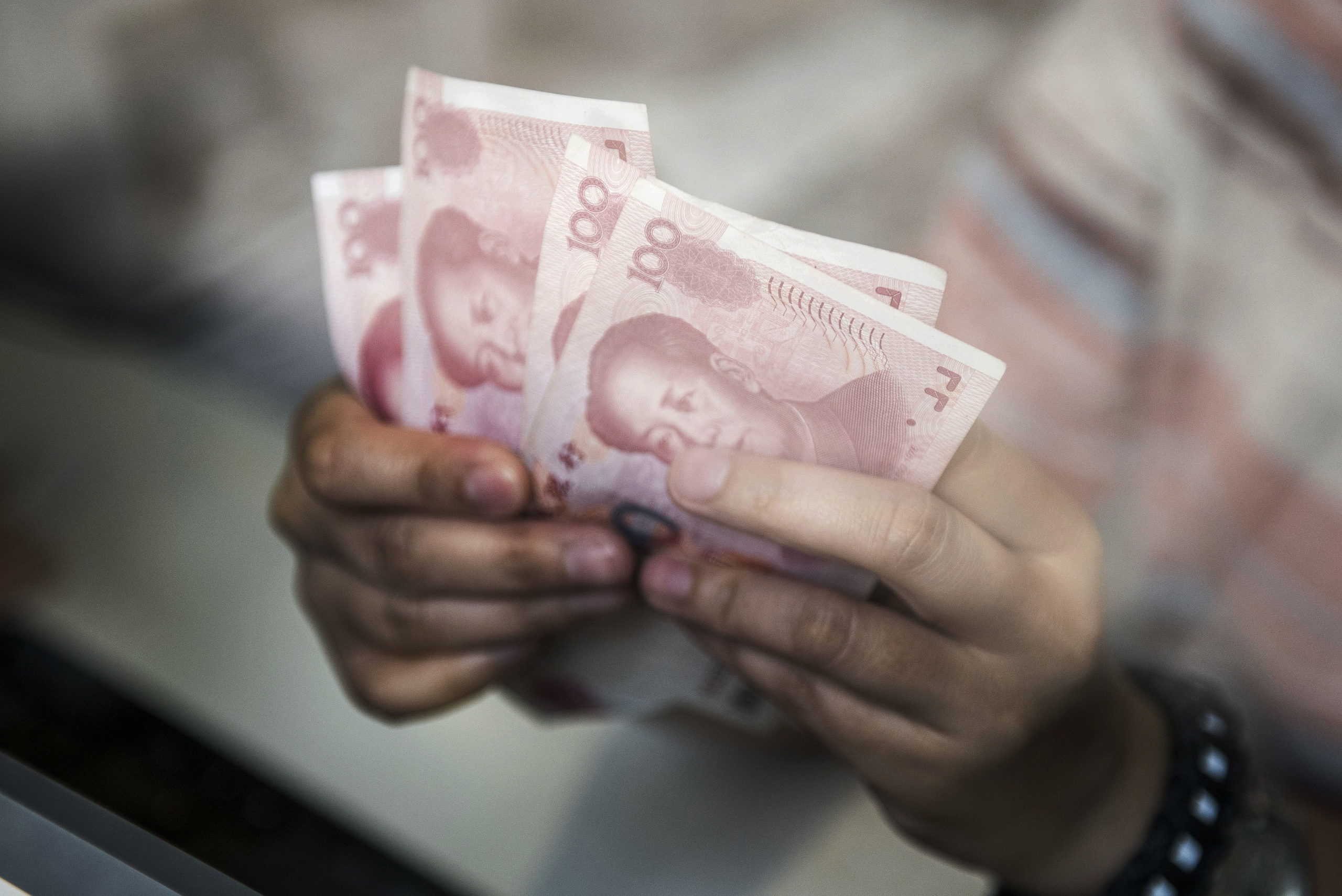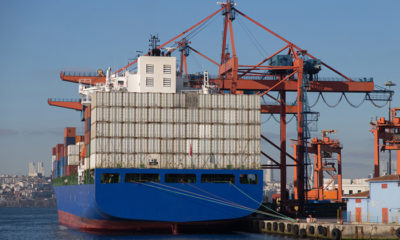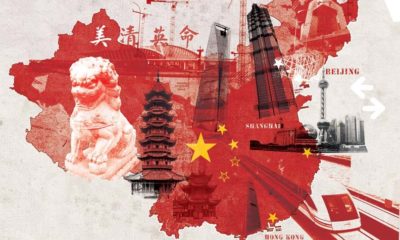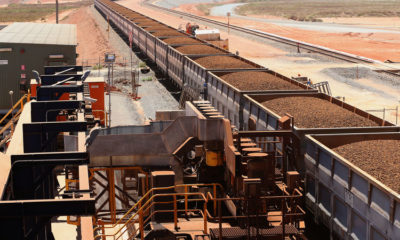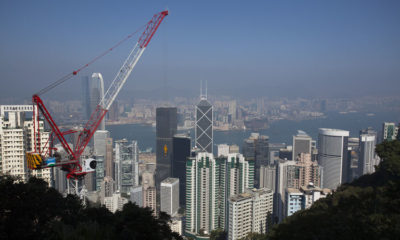- China Crushes Yuan Bears, Snubs Moody’s as Currency Takes Off
China is dishing out a tough lesson to currency traders and strategists alike: don’t bet against the yuan.
The currency jumped its highest level in seven months offshore, extending Wednesday’s gain of 1.2 percent, despite analyst forecasts for declines this quarter. Surging interbank rates are squeezing bears by driving up the cost of short positions.
The rally, which broke months of calm against the dollar, comes as a rebuke to Moody’s Investors Service, which downgraded China’s sovereign debt rating last week. The government has made its displeasure clear, calling the move “absolutely groundless.” The central bank had already been tackling pessimistic traders by repeatedly strengthening the daily fixing, while an opaque change to the setting announced Friday added to the complexity of betting on future movements.
“The Moody’s downgrade and a weaker spot rate compared to the fixing could have spurred the authorities to change the fixing mechanism and potentially intervene in the market,” said Jason Daw, Singapore-based head of emerging-market currency strategy at Societe Generale SA.
The onshore yuan gained 0.4 percent to 6.7935 per dollar at 10:18 a.m. in Shanghai, after fluctuating in a narrow band around 6.9 for most of this year. The rate in Hong Kong rose 0.2 percent, taking its gain to 2.2 percent since the Moody’s rating change on May 24. The city’s overnight deposit rate touched 65 percent on Wednesday, while the spread between the offshore and onshore exchange rates reached the widest since March.
Analysts are scrambling to adjust to the shift. Credit Agricole SA scrapped a forecast of 7.25 per dollar that’s been in place since December, replacing it on Tuesday with a year-end level of 7.05. Australia & New Zealand Banking Group Ltd. strengthened their end-2017 target to 6.95 from 7.10. Credit Suisse Group AG, United Overseas Bank Ltd. and UniCredit SpA are mulling adjustments.
State Role
Propping up the yuan has been a policy priority this year as Chinese authorities try to stem capital outflows and prevent financial shocks before an important leadership reshuffle in the ruling Communist Party in late 2017. The stakes have increased in recent weeks after a regulatory clampdown on leverage roiled domestic bond and equity markets.
While the role of government intervention in the latest squeeze is unclear, people familiar with the matter have said in recent days that Chinese banks were selling dollars both offshore and onshore, while the central bank consistently set stronger reference rates in May than analysts predicted. The surge in interbank rates echoed similar moves in January of both this year and last that burned bears.
The People’s Bank of China didn’t immediately respond to faxed questions about the yuan on Wednesday.
Last Friday, the government said policy makers may add a “counter-cyclical factor” to the yuan’s daily fixing. Analysts said the change would give authorities more control over the fixing and could restrain the influence of “herd” behavior in the market.
U.S. Risk
Concern over the currency being “consistently weaker” than the fixing at the end of the Chinese trading day is behind the change to the calculations, said Gao Qi, a currency strategist in Singapore at Scotiabank. He said he expects the difference between the level the yuan reaches at the end of the day and the fixing rate to narrow in future.
The central bank may also be seeking to shore up the currency before a possible interest-rate hike in the U.S, according to Fiona Lim, a senior currency analyst at Malayan Banking Bhd.
“The PBOC is probably trying to introduce more guidance into the yuan now in order to boost market confidence ahead of a prospective dollar rally,” said Lim, whose firm strengthened its year-end forecast by almost 2 percent on Wednesday. “The fixing is now less transparent and the influence of the market has been limited.”

 Naira4 weeks ago
Naira4 weeks ago
 News4 weeks ago
News4 weeks ago
 Naira4 weeks ago
Naira4 weeks ago
 Jobs4 weeks ago
Jobs4 weeks ago
 Travel3 weeks ago
Travel3 weeks ago
 Naira3 weeks ago
Naira3 weeks ago
 Naira3 weeks ago
Naira3 weeks ago
 Investment4 weeks ago
Investment4 weeks ago
